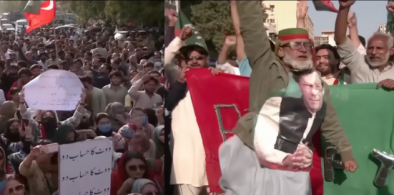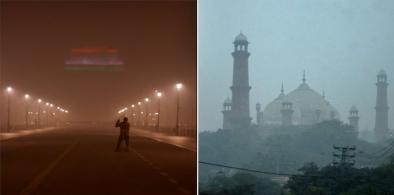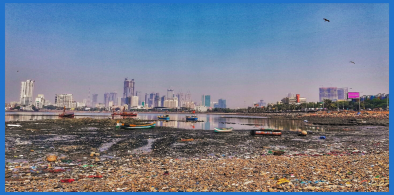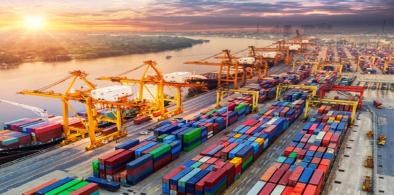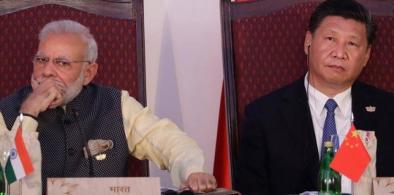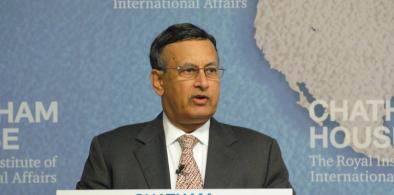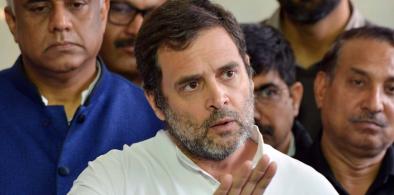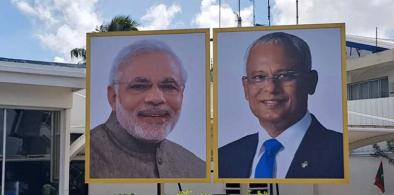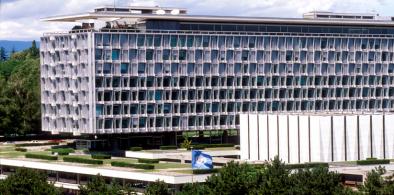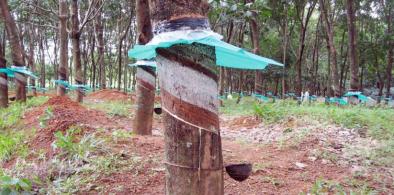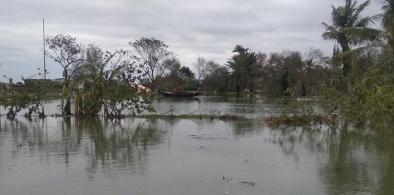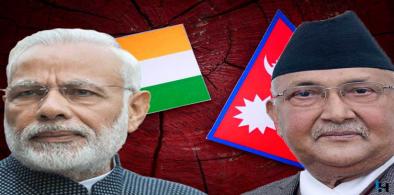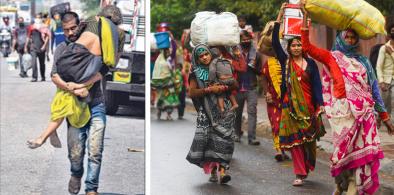From the South Asian Association for Regional Cooperation (SAARC) countries, India is emerging as one of the top alternative manufacturing destinations, writes Dr. Mohammad Rezaul Karim for South Asia Monitor
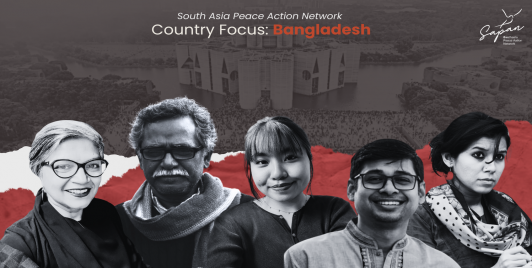
Post-uprising Bangladesh grapples with power, inclusion, and hope; rethink of ties with India
The aspirations of Gen-Z are on the walls, calling for a more tolerant and pluralistic society, with a sense of justice. "All political parties have heard that and understand that the newer generation are the most important voting bank at this moment. They don’t believe in the binary we have lived in for such a long time."
The changing state of Pakistani politics, for better or for worse
Today in Pakistan universities have proliferated and where in 2000 there were about 1 million post secondary students, in 2020 there were nearly 5 million and they have expectations, and they are also more political. But it is also the 30 and 40 year olds, generations of Pakistanis who are frustrated with the lifestyle of the rich and corrupt, and of a military they increasingly see in a similar light.
Pollution blows with the wind: South Asia's public health challenge needs harmonized regional action
In the larger South Asia context, air pollution does not follow national boundaries and therefore the solutions for all the airsheds cannot come from any one city or a country. The countries in South Asia – India, Bangladesh, Nepal, and Pakistan - that share a common airshed are impacted by the transboundary pollution. More than half of the air pollution across major cities in South Asia is not local but transboundary in nature.
South Asia's climate crisis needs a regional response
Regional bodies like the SAARC, the South Asian Association for Regional Cooperation, have the potential to foster cooperation on climate adaptation, disaster preparedness, and trans-border pollution control. However, geopolitical tensions, particularly between India and Pakistan, hinder progress.
China understands and respects only the language of power
China is sure that India would initiate back-room talks and negotiate some face-saving device to disengage. But, there lies the danger, writes Brigadier Deepak Sethi (retd) for South Asia Monitor
International community should recognize Pakistan as a responsible nuclear state
Pakistan has used its Centres of Excellence to promote and share best practices in nuclear security through three affiliated institutes: the Pakistan Centre of Excellence for Nuclear Security (PCENS), the National Institute of Safety and Security (NISAS), and the Pakistan Institute of Engineering and Applied Sciences (PIEAS), writes Rabia Javed for South Asia Monitor
Pakistan's 'diminishing democracy': Where dissent is a crime
Thirty prominent human rights advocates and peace activists, who disagree with a lot that is happening in Pakistan. Either living at home, but most of them exiled abroad, participated in the conference titled Enforced Disappearances, State-sanctioned killings, & Diminishing Democracy in Pakistan, writes Mahendra Ved for South Asia Monitor
Has Rahul Gandhi stolen a march on the BJP?
The BJP found itself on the back foot was when Congress leader Rahul Gandhi was pictured sitting on a pavement, talking to a group of migrants. It was a Haroun al-Rashid moment of a privileged person closely interacting with the unwashed masses, writes Amulya Ganguli for South Asia Monitor
Maldives will seek a balance in its foreign policy
With the support of the United Arab Emirates, the Maldives not only prevented Pakistan from targeting India as Islamophobic during the OIC meeting, but also defended India’s record as a democratic, multicultural society, writes Shubha Singh for South Asia Monitor
India should push for relocating WHO headquarters to New Delhi
This is a time when India should fashion itself as a new global health hub and provide global leadership in health. Pushing a new agenda for the WHO’s relocation from Geneva to India would make immense sense, writes Ram Krishna Sinha for South Asia Monitor
South Asia’s rubber farmers hit hard by COVID-19
From Bangladesh to India and to Sri Lanka, the natural rubbers producers are getting squeezed under lockdowns and social distancing. It is sounding the death knell of the region’s rubber economy, writes K S Nayar for South Asia Monitor
Future challenge of banks: Bringing digital banking to the last man standing
Banks are generally very traditional in nature even though all the banks and financial institutions are going digital. Traditional nature change is again a challenge. The lockdown has come as a blessing in disguise as the changeover to digital systems can now pick pace, as it becomes the need of the day, writes Ashim Kumar Goswami for South Asia Monitor
Have Nepal's communists made it China’s proxy?
Indian policy towards Nepal has been lackadaisical. Belief of mutual Hindu traditions should be viewed in the context of power in Nepal lying with the communists for whom religion is anathema, writes Lt Gen P. C. Katoch (retd) for South Asia Monitor
Lessons from Cyclone Amphan: Need to rethink development strategy
The question that arises uppermost is that are we learning the right lessons from these recurring weather episodes or just concentrating on immediate short-term disaster relief without taking any steps to make the regions ecologically sustainable and disaster resistant, writes Partha Pratim Mitra for South Asia Monitor
Will the sun shine again on Maldives tourism?
The coronavirus outbreak has hit the Maldivian economy hard, as travel restrictions and other preventive measures affected the country’s lucrative tourism industry, which contributes to the bulk of the island nation’s state revenue and foreign reserves, writes Kavita Bajeli-Datt for South Asia Monitor
A global partnership is needed to combat COVID-19
On April 23, 2020, in a virtual conference ‘Enhancing regional cooperation in South Asia to combat COVID-19 related impact on its economics’ organized by the World Economic Forum, Bangladesh PM Sheikh Hasina placed five-point proposals to combat this global crisis with collective responsibility and partnership from every society, writes Dr. Mohammad Tarikul Islam for South Asia Monitor
Can India and Nepal resolve border dispute with elephant in the room?
The Kalapani issue first came into prominence in 1997 when the Indian and Chinese governments came to an agreement to open a route for the annual Kailash-Mansarovar yatra through Lipulekh pass. Nepal objected to the use of Lipulekh, writes Shubha Singh for South Asia Monitor
Bihar's migrant crisis compounded by resource crunch and communication breakdown
Bihar is the poorest state of the country in per capita terms. Can it find the enormous resources required to fight the virus and its impact on the economy? writes Gulrez Hoda for South Asia Monitor


